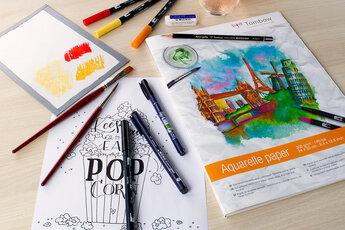Watercolor paper and drawing paper for artists and creatives
If you like drawing or painting, then you need paper that is perfect for this. Because the choice of paper determines how you can work on it and how your creative project will look in the end. Some techniques can only be used on certain types of paper.
Products
Filter
Produkte Filtern:
Produkte Filtern:
Produkte Filtern:
Produkte Filtern:
Produkte Filtern:
Sorting

Paper & More
Blending Kit
Four practical utensils for mixing water-based colours and creating colour gradients. Contents: 1 x blender pen, blending mister, blending palette + blending technique instructions.
€10.80

Paper & More
Blending Mister 3 pieces
With spray bottle which can be filled with water for mixing water-based colours and creating colour gradients. Contents: 3 pcs.
€7.40
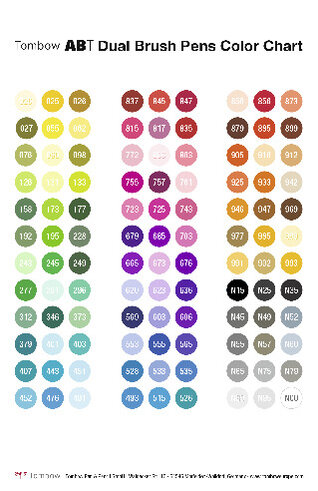
Paper & More
Blending Palette pack of 3
Palette for blending water-based ink, such as the ABT Dual Brush Pens.
€4.14
€6.90
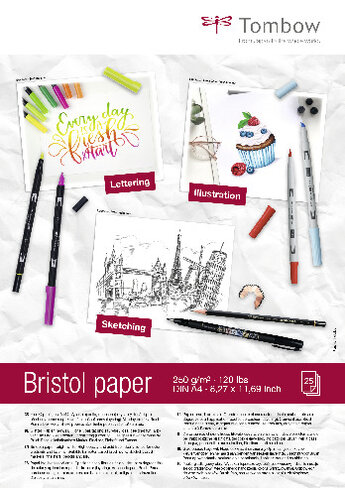
Paper & More
Bristol paper
Bright white drawing paper for illustrations, drawings, sketches and much more, 25 sheets
Size selectable
from
€7.60

Brush Pen & Fineliner
Creative Journaling Kit Bright
Includes a notebook, 4 ABT Dual Brush Pens, a Fudenosuke Brush Pen, the MONO edge highlighter, and the MONO graph mechanical pencil.
€23.90
€39.90

Paper & More
MONO pencil case (empty)
With the exclusive MONO pencil case from Tombow your desk or your bag will look organized again!
€12.80
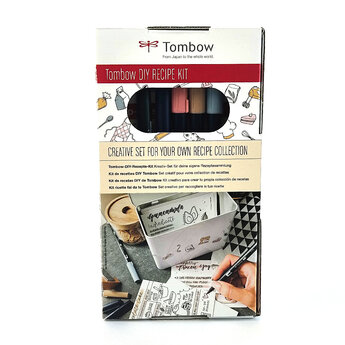
Brush Pen & Fineliner
Tombow DIY Recipe Kit
Kit for creative recipe design and collection with pens, paper and metal box.
€17.90
€29.90

Brush Pen & Fineliner
Tombow Watercoloring Canvas Set
Two foldable cardboard canvases, four ABT Dual Brush Pens, and inspiration for your individual DIY wall decoration. Available in two themes.
Available in various colours
from
€24.90

Paper & More
Water Brush single
Refillable water tank brush is a practical tool for watercolour techniques, especially in combination with water-based Brush Pens like the ABT Dual Brush Pen. 3 different brush tips available.
Brush tip selectable
from
€8.20

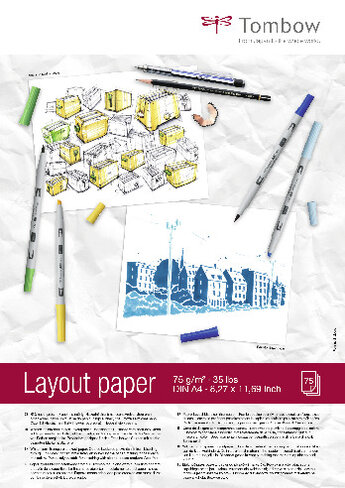
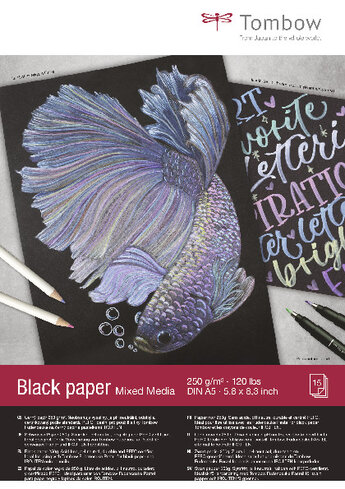
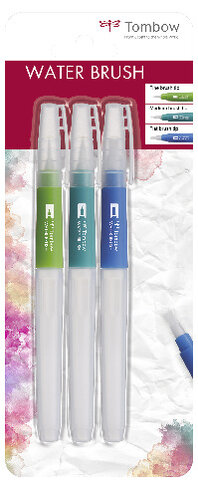

![Papier StadtBristol [Translate to Englisch:] Gemalte Skyline der Stadt Bristol in England](/fileadmin/_processed_/8/8/csm_Papier_StadtBristol_2d713e3978.jpg)

